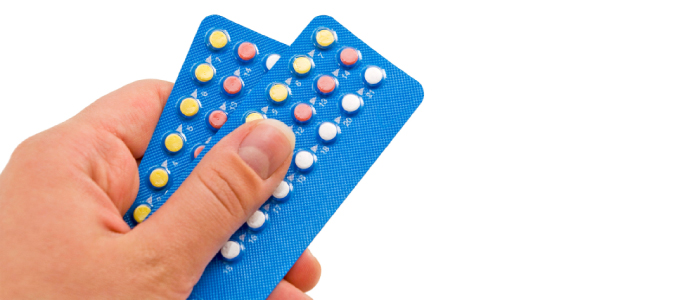A man fainted at our church. His family suggested that there might have been some issue with his medications.
Too many of us intentionally take too many drugs, and I suspect many of them are unnecessary and harmful – especially when combined with other drugs. It’s alarming how many of us regularly take antidepressants, anti-anxiety drugs, opioids., and more
A person taking three different drugs every day has about an 80% risk of a negative drug interaction. That risk increased to 100% when the number of drugs increased to five. Too many people are taking too many.
Side effects can be serious for those who consume them, of course. Worse, though, they are bad for those of us who don’t take the drugs on purpose. Drugs don’t always “break down” as we’d like to believe. They can remain active in the environment for years, all the while more is being added with each flush. Not only do we consume drugs from tap water, but we feed our animals with it. Pollutants then move through our food supply.
What? Once swallowed, a drug doesn’t always just disappear. It, or some of its active metabolites, will be excreted and end up in our drinking water supply, via our toilet systems. And, the recommended method of disposing of unused drugs has long been to “just flush them down the toilet.” Community water treatment facilities do not claim to remove these chemicals.
These aren’t just hair-brained ideas or science fiction. Evidence is mounting and governments are beginning to enforce tighter drinking water standards. Improved community filtration is obvious and it costs money. Another approach is for everyone to STOP tossing so many toxic substances down the drain.
In preparation for a move to a new city, we removed the reverse osmosis (RO) water filtration unit we had been using. While the RO water is far better than tap water, making the clean water wasted significant amounts of water in the process.
After a week of city tap water, we bought a pitcher with a filter in it. The taste and smell differences were noticeable. The pitcher company claims its filter removes up to 99% of 50 contaminants. While it makes the water taste better, removing 50 is a pittance compared to the hundreds of potential substances routinely found in regular tap water.
A better home filtration unit cuts that number even more. The unrealistic goal is zero parts per million (PPM) but a little effort makes it realistic to expect far better. The Berkey company offers a home device for removing chemicals from water. Their systems reportedly “…reduce up to 99.999% of viruses and 99.9999% of pathogenic bacteria, while also removing or dramatically reducing protozoa, trihalomethanes, inorganic minerals, heavy metals, pharmaceuticals, pesticides, VOCs, petroleum products, perfluorinated chemicals, rust, silt, sediment, and even radiologicals.”
Nothing is perfect but we can do better when it comes to contaminated water – and it’s clear we shouldn’t look to the government to help us. The responsibility for clean water rests on each of us who wants it. We can use fewer drugs/chemicals and filter our household water. I can attest to the effectiveness of both the reverse osmosis system and the Berkey black filters. While filtration seems costly upfront, based on our consumption patterns. the filters will last over 5 years.

